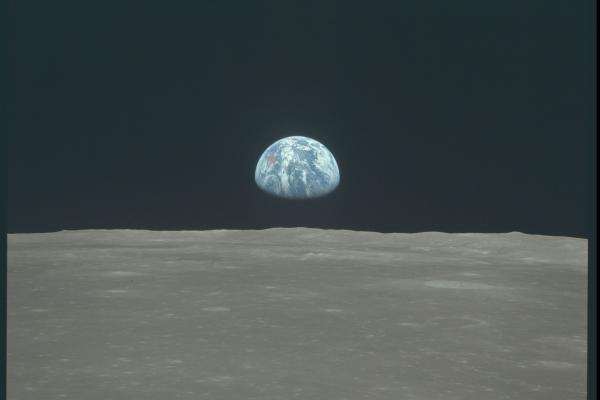
WASHINGTON, Feb. 6 (UPI) — New evidence suggests Earth’s beginnings involved a massive collision between itself and another planet, Theia, forming a chimera that is the Earth as it is known today.
A new study published in the journal Science from the University of California, Los Angeles suggests Theia — a “planetary embryo” at the time — collided with Earth far more violently than previously thought.
The blow caused Theia and Earth to completely combine, causing both the planet and the subsequent moon to have virtually “indistinguishable” molecular properties and a uniform geological signature, researchers said.
Prior to the study, it was widely accepted Theia’s supposed side impact disintegrated the planet, causing pieces of it to form the moon. The new study suggests the two planets instead had a head-on collision, forcing them to combine.
“We don’t see any difference between the Earth’s and the moon’s oxygen isotopes; they’re indistinguishable,” said the study’s lead author, Edward Young.
“Theia was thoroughly mixed into both the Earth and the moon, and evenly dispersed between them,” Young said. “This explains why we don’t see a different signature of Theia in the moon versus the Earth.”





